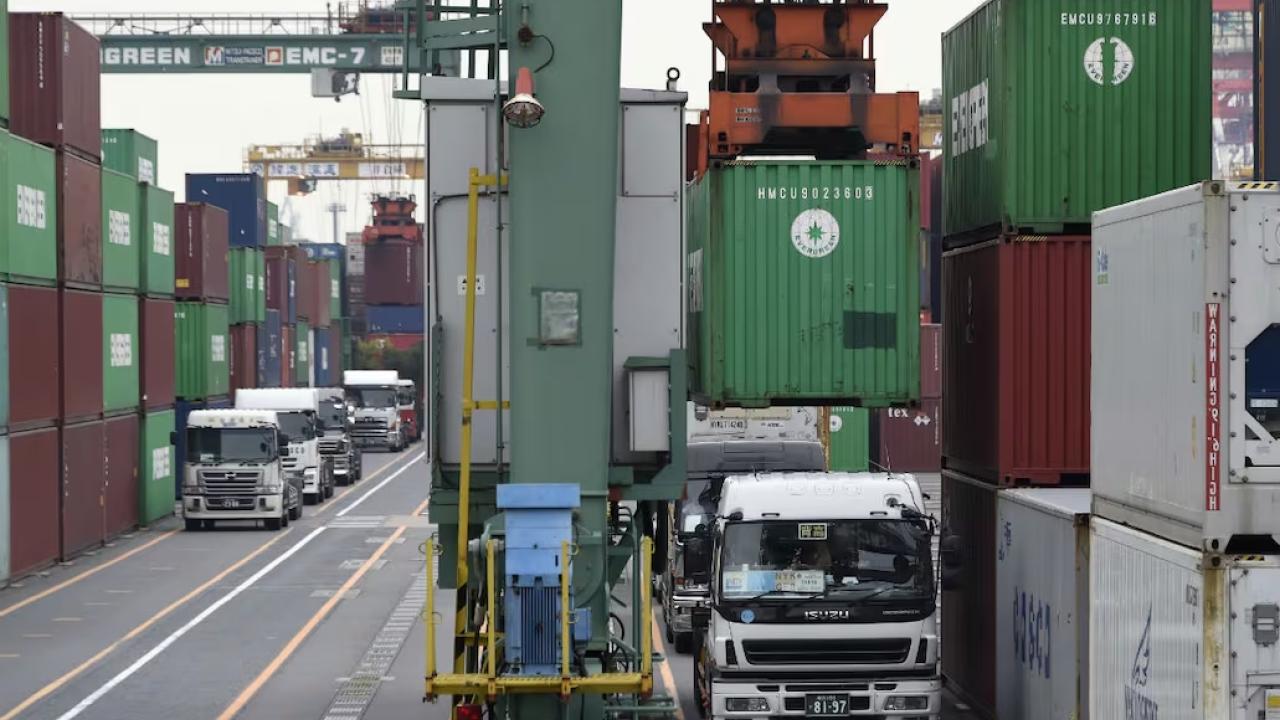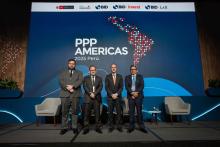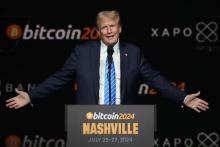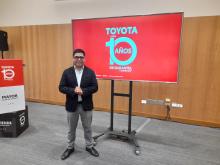
A report by the Office of the United States Trade Representative (USTR) found obstacles in processes and risks of corruption.
Ecuador's long-standing problems—such as investment restrictions, corruption in public procurement, slowness and lack of transparency in issuing import licenses for agricultural products, and tariffs—are some of the obstacles identified by the Office of the United States Trade Representative (USTR) in the Andean country that hamper foreign trade.
The obstacles identified by the USTR, led by Ambassador Jamieson L. Greer, are reflected in the 2025 National Trade Estimate Report on Trade Barriers of the President of the United States on the Trade Agreements Program.
The document devotes specific chapters to the countries to which Washington applied tariffs; goods from Ecuador are subject to a 10% tariff. The information was provided by U.S. embassies, the report says.
Sources close to Ecuadorian business sectors who met with government officials this Thursday, March 3, told El Universo that the USTR report would be the starting point for defining strategies and actions to improve the country's conditions and achieve a tariff reduction in the medium term.
The aspiration is also to open the doors to negotiations for a trade agreement with the United States.
USTR COMMENTS
As a member of the Andean Community of Nations (CEN), Ecuador grants and receives tariff exemptions from the Andean Price Band System (APBS). In 2023, the average tariff rate was 11.1% (17.3% for agricultural products and 10.1% for non-agricultural products).
The country committed to phasing out its participation in the APBS when it joined the World Trade Organization (WTO), but as of December 2023, there had been no progress on this matter.
In this context, the country imposes a mixed tariff on 360 products, including textiles and footwear. In some cases, the mixed tariff results in a tariff equivalent to 40% ad valorem.
In the case of agricultural products, it is noted that Ecuador's continued use of the APBS affects many US exports because it subjects them to a variable tax or surcharge that increases as world prices decline.
On the other hand, the USTR notes that the review process for import licensing applications for food and agricultural products is often lengthy and lacks transparency.
Furthermore, it notes that the Foreign Trade Committee (Comex) and the Ministry of Agriculture impose a mandatory and cumbersome process for the allocation of import licenses for 55 agricultural tariff lines, including potatoes (frozen fries), meats (beef, pork, chicken, and turkey), soybean flour, and corn.
Regarding cosmetics and personal care products, there are concerns in the United States about a December 2024 Andean Community resolution regarding the labeling of these products.
Washington maintains that the resolution requires translations of brand names or generic terms, leading to the change of brands or product names that have long translations.
But it is also noted that the National Agency for Health Regulation, Control and Surveillance (Arcsa) was applying this resolution even before it came into effect.
Regarding public procurement, the problems encountered are even greater, as signs of corruption are evident. The USTR report concludes that public procurement can be cumbersome, opaque, and fraught with corruption.
It warns that public institutions are apparently experiencing unexplained delays in payments, even though the goods and services provided by suppliers, as well as the work orders and receipts, are correct.
The Office notes that a lack of transparency could pose a risk, as contracting entities could favor one supplier.
Government-to-government contracts through the Ministry of Defense are also a source of concern for the U.S.
The USTR analysis summarizes that U.S. companies are struggling and unable to compete for these contracts because the Department of Defense does not recognize export licenses issued by the U.S. Embassy in Quito, which are equivalent to the requirements established in the regulations for the acquisition of goods for national defense.
Regarding investment, the report notes several barriers. For example, in 2018, Ecuador terminated its Bilateral Investment Treaties (BITs), including the one with the US.
Another limitation is the foreign currency outflow tax (ISD) on any form of money withdrawal through cash, credit and debit cards, checks, and online payment methods.
The USTR notes that in 2021, the country pledged to phase out the tax, which was 5%, over a period of four years. This was happening, but was halted in 2023. And in 2024, Ecuador reimposed the 5% rate, starting in April of that year.
Illegal mining has also been identified as a disincentive to attracting foreign investment.
The report also refers to the subsidies provided by the State through various channels, ranging from tax benefits (such as income tax reduction) to certain export sectors, investment contracts, and free trade zones.
The partial elimination of the fuel subsidy in June 2024 is also mentioned, which has allowed prices to stabilize to a certain level. However, it is noted that Ecuador maintains a subsidy that reduces the price to less than 50% of the unsubsidized market price.
Because of this, the USTR concludes that it is not profitable for a private company to import fuels at market prices.
Finally, it is mentioned that an agreement from the Ministry of Telecommunications restricts public procurement of services such as fixed telephony, advanced mobile service, internet, blockchain, cloud computing and hosting , artificial intelligence, and virtual reality.
These services must be contracted through the CNT, the report notes. Furthermore, the country exempts the public company from paying spectrum fees.










